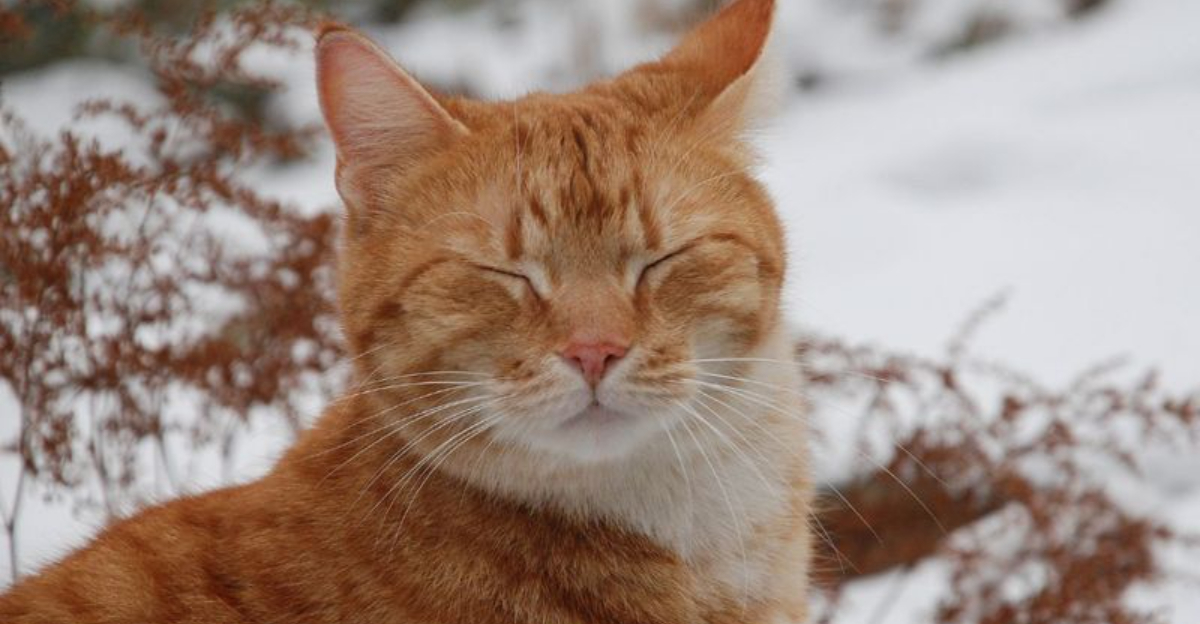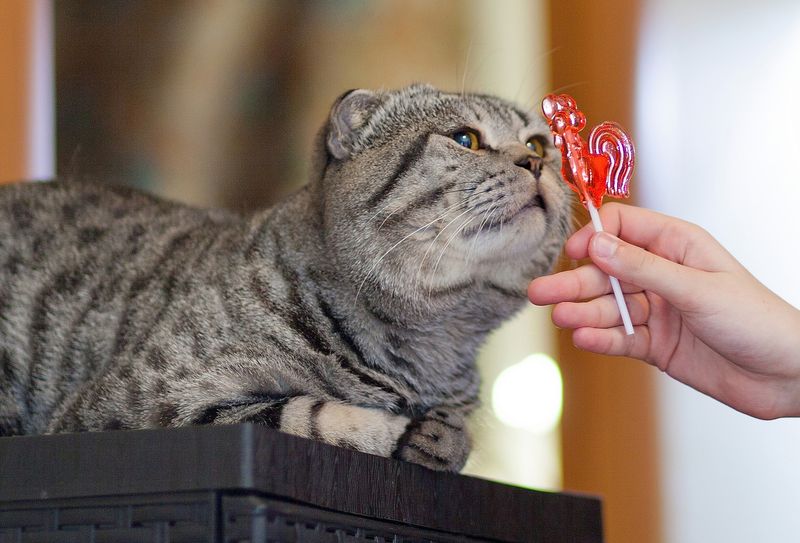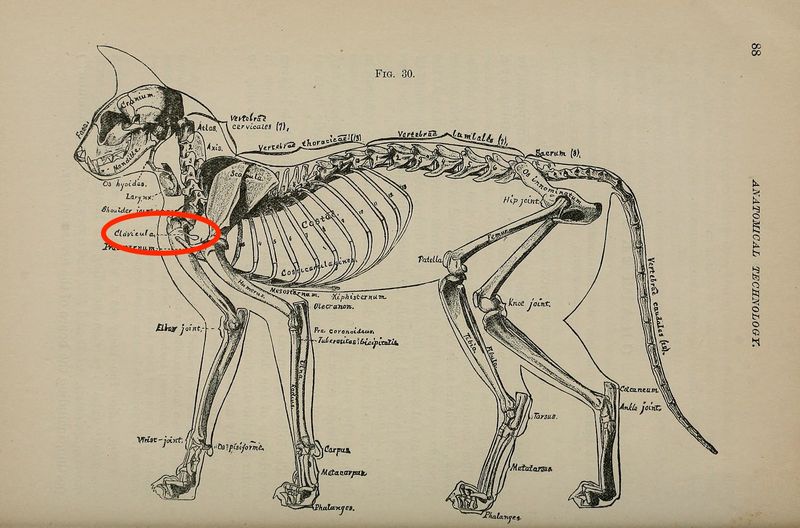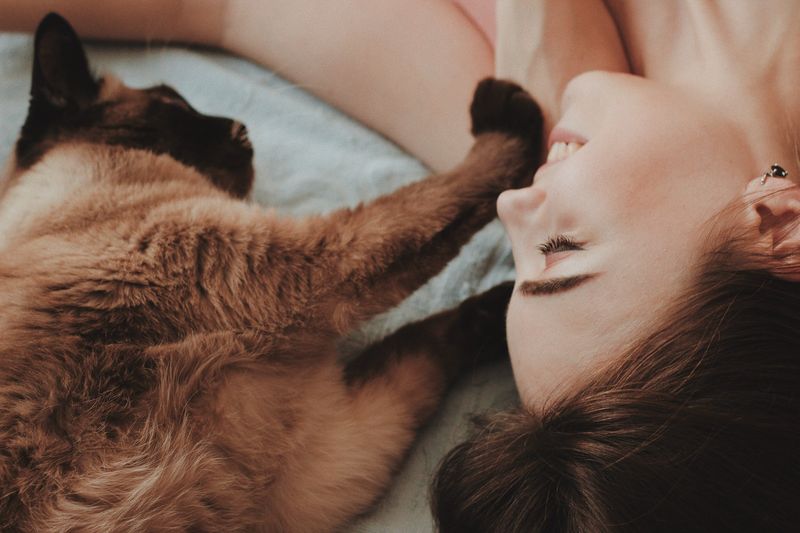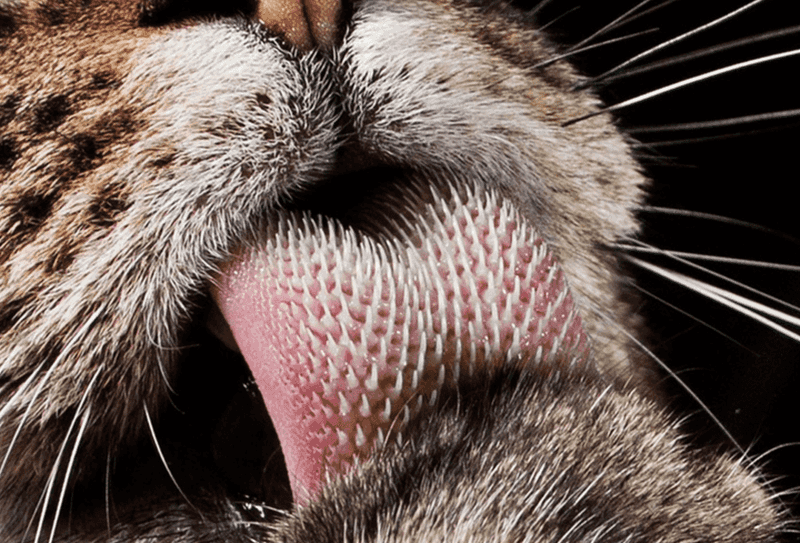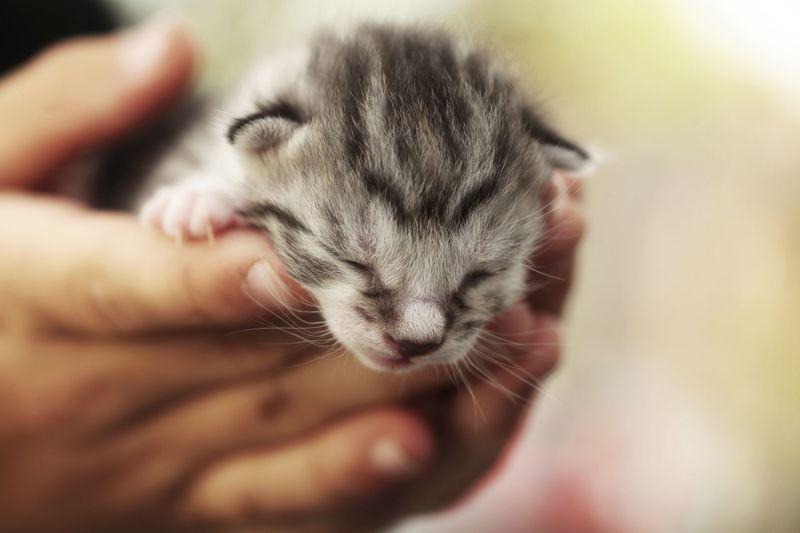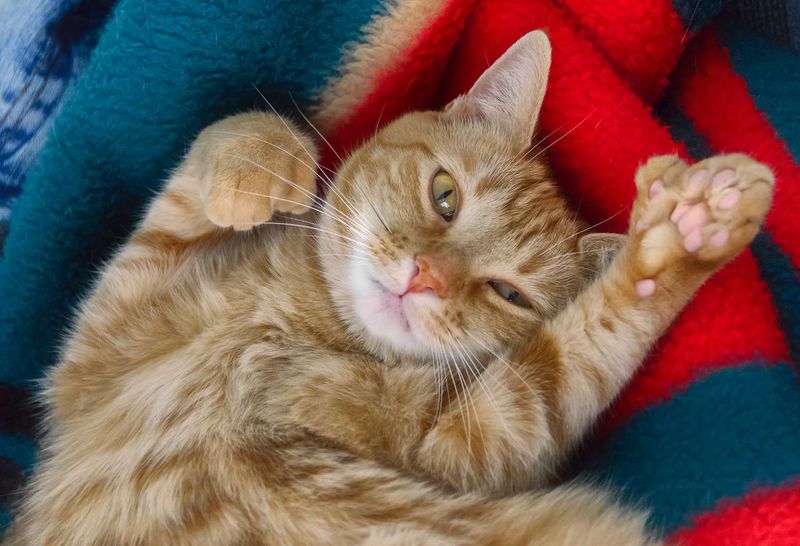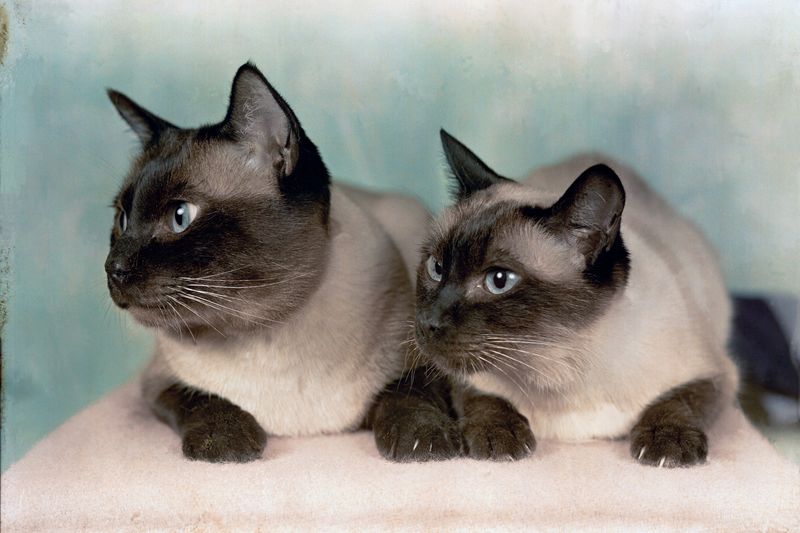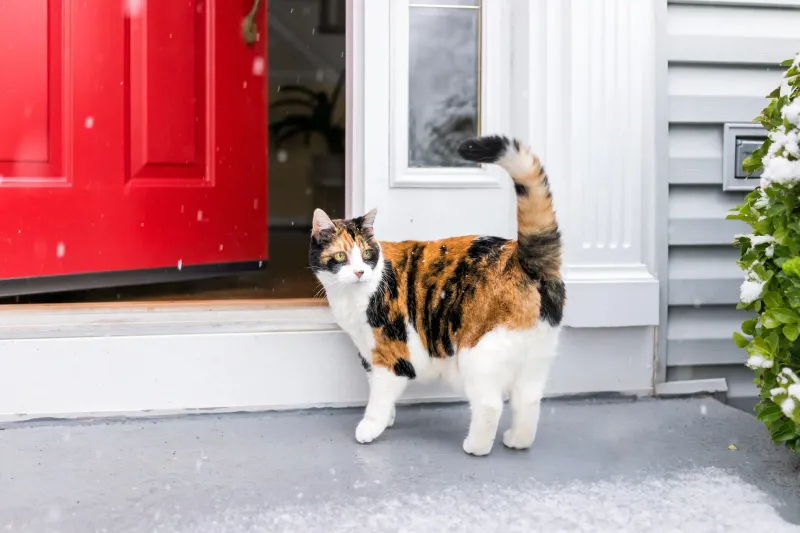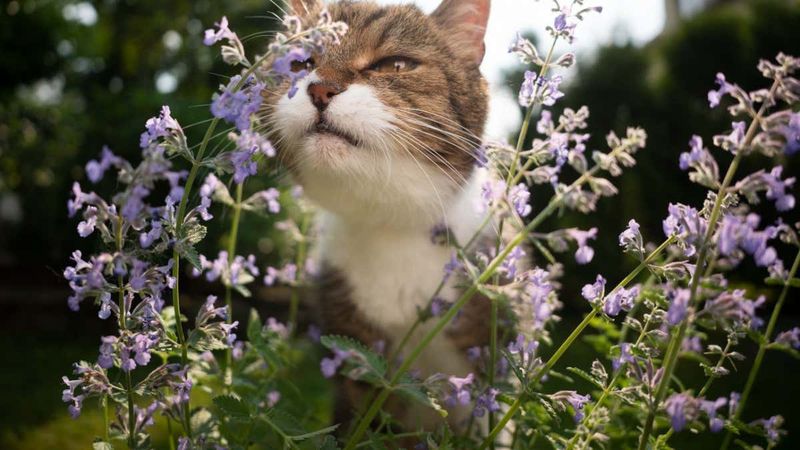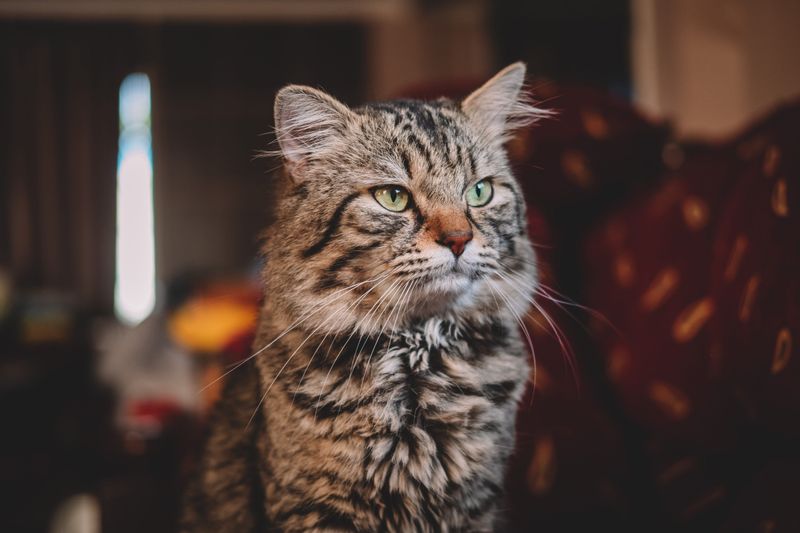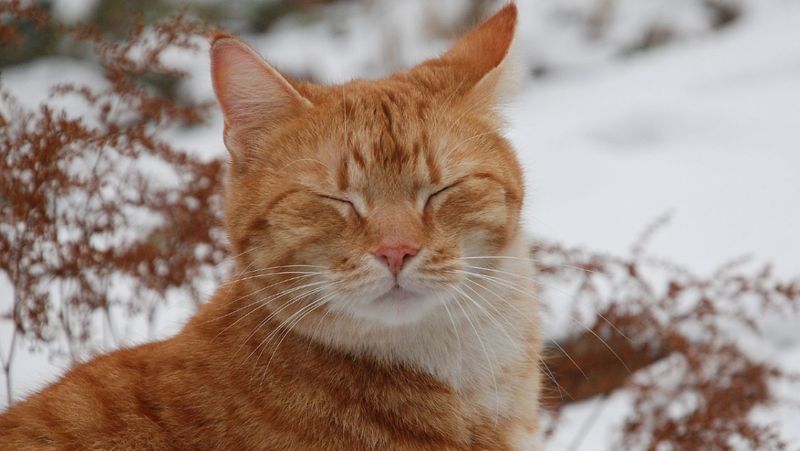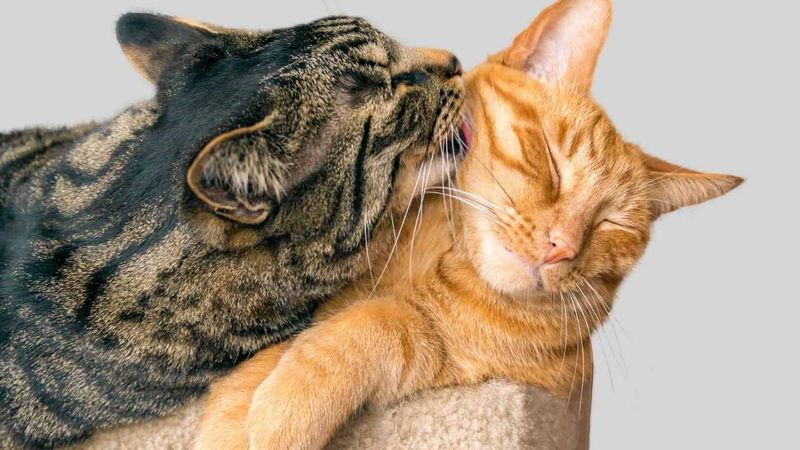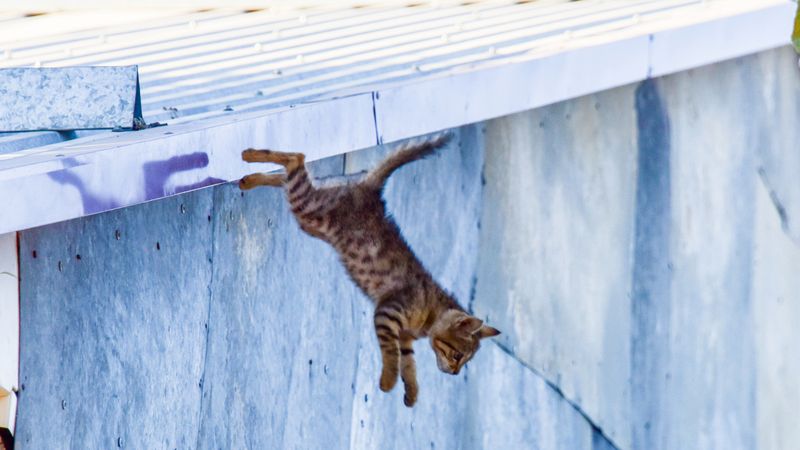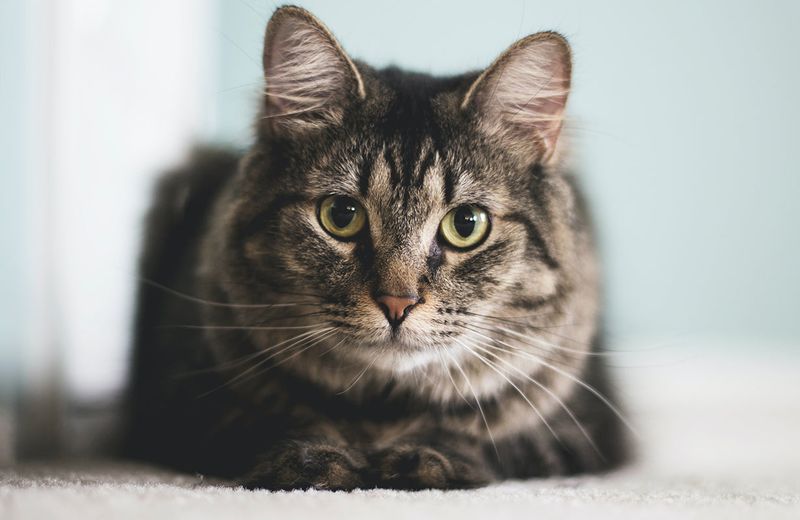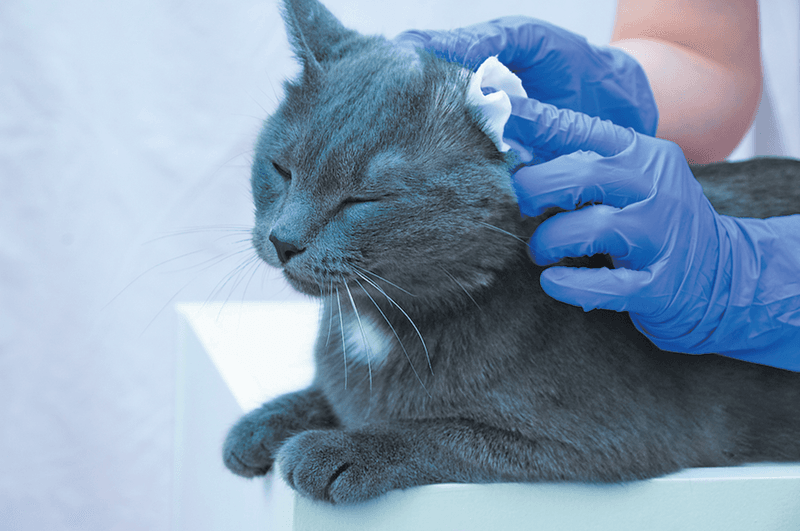📖 Table of Content:
- 1. Cats Can’t Taste Sweets
- 2. Flexible Collarbones
- 3. Purring Has Healing Properties
- 4. Tongues as Built-In Hairbrushes
- 5. Tabby Stripes Determined Before Birth
- 6. Polydactyl Cats’ Extra Toes
- 7. Siamese Cats’ Color-Changing Fur
- 8. Rare Male Tortoiseshell and Calico Cats
- 9. Catnip as a Natural Mosquito Repellent
- 10. Sound-Based Owner Mapping
- 11. Slow Blinking as a Sign of Love
- 12. Allogrooming Strengthens Social Bonds
- 13. Pawedness in Cats
- 14. Surviving Falls from Heights
- 15. Efficient Kidneys for Seawater Consumption
- 16. Cats’ Superior Hearing Abilities
Cats are more than just adorable companions—they are complex, highly evolved creatures with traits and behaviors that even the most devoted cat lovers may not fully understand. From their fascinating genetics to their mysterious instincts, cats possess a range of unique abilities that set them apart from other animals. While many people know that cats purr when they are happy or that they can land on their feet, there is a world of deeper scientific insights waiting to be explored. By uncovering these little-known facts, you can elevate your knowledge and become the go-to cat expert among your friends and fellow feline enthusiasts.
Diving into the science of cats reveals surprising details about their physiology, genetics, and behaviors. Why do Siamese cats change color as they age? How can some cats survive falls from extreme heights? What is the real reason behind a cat’s obsession with catnip? Understanding these details not only makes you a more informed cat owner but also gives you fascinating trivia to share. Whether it’s the way cats track their owners’ voices to create mental maps, their ability to filter saltwater through their kidneys, or the reason some cats have extra toes, each fact adds another layer to the mystery and wonder of felines.
Becoming a true cat fact genius means learning to see cats in a new light—appreciating the science behind their quirks and the evolution that has shaped their instincts. From their ultrasonic hearing that allows them to detect rodent sounds beyond human perception to their slow blinking as a sign of trust, cats constantly communicate in ways that go unnoticed by many. If you’re ready to impress others with your deep understanding of felines, explore these niche facts and unlock a whole new level of appreciation for these extraordinary creatures.
1. Cats Can’t Taste Sweets
Evolution has shaped cats into specialized carnivores, even down to their taste buds. Without the Tas1r2 gene, they lack the receptors needed to detect sweetness, making sugary foods meaningless to them. Unlike omnivores like humans and dogs, their strict meat-based diet has rendered carbohydrates unimportant in their perception of flavor. Instead, their taste buds are finely tuned to detect proteins and fats, ensuring they seek out the nutrients essential for survival. To a cat, a sugary treat holds no more appeal than a flavorless bite of plain bread, reinforcing their natural dietary instincts.
2. Flexible Collarbones
Anatomy plays a crucial role in a cat’s agility and adaptability. Their skeletal structure, particularly the free-floating clavicle, grants them an incredible ability to squeeze through tight spaces. Unlike in humans, where the collarbone connects rigidly to the rest of the skeleton, a cat’s clavicle is attached only to muscle, allowing for remarkable flexibility. This means that if a cat’s head can fit through an opening, the rest of its body can follow with ease. Whether slipping through a fence or navigating a cramped hiding spot, this trait is a key survival mechanism that has helped cats thrive in various environments.
3. Purring Has Healing Properties
Healing is an unexpected benefit of a cat’s purring. Beyond being a sign of relaxation or happiness, the vibrations produced by their purr range between 25 and 150 Hz, frequencies known to promote bone growth and tissue repair. This explains why cats often purr when they are injured or unwell, suggesting it serves as a natural form of self-healing. Interestingly, these vibrations may also have a calming effect on humans, with some studies suggesting they can reduce stress and even lower blood pressure. More than just a comforting sound, purring is a fascinating biological tool that benefits both cats and their human companions.
4. Tongues as Built-In Hairbrushes
A cat’s tongue is a grooming marvel. The surface is covered in tiny, hollow spines called papillae, which are made of keratin. These spines act like a built-in hairbrush. As cats groom, the spines collect and distribute saliva deep into their fur, aiding in cleaning. The design helps in detangling hair and removing dirt. Additionally, it assists in heat regulation through evaporation. Watching a cat groom itself reveals the meticulous nature of this process. Their tongues are perfectly adapted to maintain a healthy, clean coat, making them self-sufficient in their grooming needs.
5. Tabby Stripes Determined Before Birth
The iconic stripes of a tabby cat are determined long before birth. The Dkk4 gene plays a crucial role in forming these patterns. It creates thick and thin regions in the embryonic skin, forming a pre-pattern. This pattern later develops into the stripes or swirls seen on a tabby’s coat. Essentially, these markings are “baked in” at a cellular level before hair even appears. This genetic blueprint ensures that each tabby cat has its unique coat. These stripes are not only beautiful but also a testament to the complex genetics involved in feline development.
6. Polydactyl Cats’ Extra Toes
Some cats boast an unusual feature—extra toes. Known as polydactyl cats, they possess additional digits due to a genetic mutation. This trait is more common in certain regions, such as the U.S. East Coast. Often referred to as “Hemingway cats,” some can have up to 28 toes total. This mutation is dominant, meaning it easily passes to offspring. These extra toes sometimes aid in climbing and grasping objects. Their unique appearance has made them a favorite among cat enthusiasts. Observing a polydactyl cat’s paws reveals a fascinating glimpse into feline genetics.
7. Siamese Cats’ Color-Changing Fur
Genetics play a key role in the distinct appearance of Siamese cats. Their signature color contrast is the result of a mutation in the tyrosinase gene, which controls pigment production. This enzyme is heat-sensitive, meaning it remains inactive in warmer areas of the body but activates in cooler regions, leading to darker fur on the ears, paws, tail, and face. As a result, Siamese kittens are born completely white and gradually develop their characteristic markings as they grow. Temperature fluctuations can even cause subtle changes in their coat color over time, making their appearance as dynamic as it is beautiful.
8. Rare Male Tortoiseshell and Calico Cats
Tortoiseshell and calico cats are almost exclusively female due to genetic factors. The orange and black colors are carried on the X chromosome, requiring two Xs for both colors. Males, with one X and one Y, typically display only one color. Rarely, a male cat may inherit an extra X chromosome (XXY), resulting in both colors. This genetic anomaly makes male torties and calicos a rarity. These cats often become centerpieces of curiosity and admiration. Cat enthusiasts cherish spotting a male tortoiseshell, knowing they’re encountering a genetic rarity in the feline world.
9. Catnip as a Natural Mosquito Repellent
Nature has equipped cats with unexpected defenses, and catnip is one of them. While most people associate it with playful feline antics, the compound nepetalactone also acts as a natural mosquito repellent. As cats roll and rub against the plant, they effectively coat their fur in its scent, creating a protective barrier against insects. This behavior may have originally evolved as a survival mechanism, offering both entertainment and a practical advantage. For cat owners, growing catnip isn’t just a fun treat—it can also help keep their furry companions more comfortable in mosquito-prone areas.
10. Sound-Based Owner Mapping
Awareness of their surroundings is a key component of feline intelligence. Cats possess an advanced ability to track their owners’ locations using sound, forming mental maps based on familiar voices. A 2021 study found that when a cat hears its owner’s voice coming from an unexpected location, it often reacts with confusion, suggesting an expectation that people remain where they were last heard. This ability to create spatial awareness through sound highlights their keen cognitive skills and sensitivity to auditory cues. Owners who observe their cats reacting to their voices from different rooms are witnessing this remarkable mapping ability in action.
11. Slow Blinking as a Sign of Love
Communication between cats and humans often happens in subtle ways, and slow blinking is one of the most meaningful gestures. When a cat slowly closes and reopens its eyes, it is signaling relaxation, trust, and affection. Research suggests that if a person mimics this motion, a cat is likely to return the gesture, reinforcing a sense of mutual understanding. This behavior is often compared to a feline version of a smile, offering a quiet but powerful way to bond. The next time your cat slow blinks at you, consider it a sign of deep comfort and appreciation.
12. Allogrooming Strengthens Social Bonds
Cats engage in allogrooming, or mutual grooming, to reinforce social bonds. This behavior is not just about hygiene; it serves a social function. Grooming helps reduce stress and establishes dominance within a group. A dominant cat may groom a subordinate one to show control peacefully. This interaction is a testament to the complex social structures cats can form. Observing cats groom each other reveals their intricate social dynamics. It offers insights into how these creatures maintain relationships and hierarchy. Allogrooming is an essential aspect of their social behavior, fostering harmony.
13. Pawedness in Cats
Like humans, cats exhibit a preference for one paw over the other, a trait known as pawedness. Studies indicate that about 70% of cats favor a particular paw for tasks. Interestingly, males tend to be left-pawed, while females lean towards the right. This difference may be due to variations in brain structure and hormone influences. Understanding a cat’s paw preference can enhance interactions through tailored play. Observing your cat’s preferred paw can add a fascinating layer to your understanding of their behavior. It underscores the complexity of feline personalities and their individual quirks.
14. Surviving Falls from Heights
Agility and survival go hand in hand when it comes to a cat’s ability to withstand high falls. Their built-in righting reflex allows them to rotate mid-air, ensuring they land on their feet with remarkable precision. Once they reach terminal velocity, usually after falling more than seven stories, they instinctively spread their bodies to slow their descent, reducing the force of impact. There are even documented cases of cats surviving falls from over 30 floors, a testament to their resilience and adaptability. This extraordinary skill highlights their finely tuned instincts, developed through centuries of evolution as agile hunters and survivors.
15. Efficient Kidneys for Seawater Consumption
Adaptability is a defining trait of cats, and their kidneys play a crucial role in their survival. Unlike humans, their kidneys are highly efficient at conserving water, allowing them to extract maximum hydration from their food and even filter seawater if necessary. This remarkable ability traces back to their desert-dwelling ancestors, who survived in arid environments with minimal access to fresh water. By producing highly concentrated urine, they minimize water loss, making them well-suited to a variety of habitats. This physiological advantage underscores their resilience and highlights how evolution has fine-tuned them for survival in challenging conditions.
16. Cats’ Superior Hearing Abilities
Cats are equipped with hearing abilities that far exceed human capabilities. Their hearing range extends up to 79 kHz, beyond what humans and even dogs can detect. This acute sense allows them to pick up ultrasonic frequencies. Such sensitivity aids in detecting high-pitched squeaks of mice or the calls of bats. This trait makes them highly effective hunters. Their superior hearing is a cornerstone of their hunting prowess. Owners might notice cats reacting to sounds imperceptible to us, showcasing their heightened auditory senses. It’s a critical factor in their success as stealthy predators.
